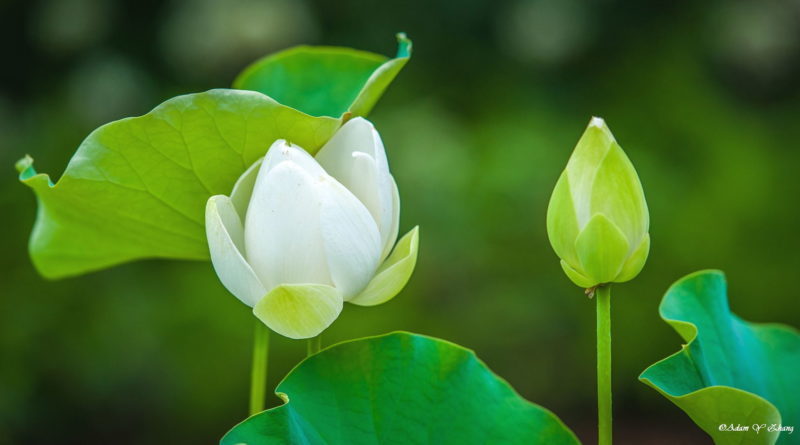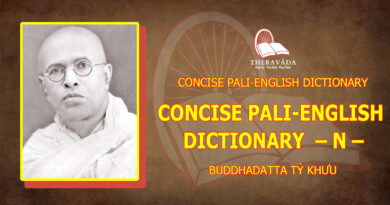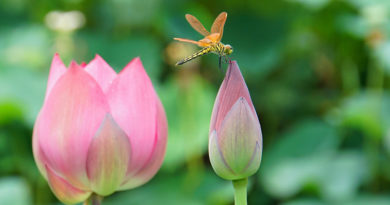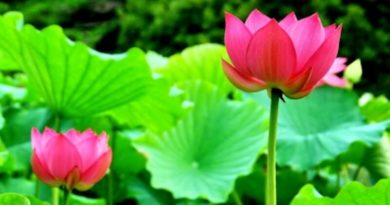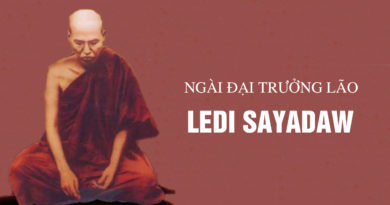A DISCOURSE ON THE ABODE OF THE NOBLE ONES – TEN ARIYAAVAASA DHAMMA
A DISCOURSE ON THE ABODE OF THE NOBLE ONES – TEN ARIYAAVAASA DHAMMA
There are ten Ariyaavaasa dhamma. The first Ariyaavaasa dhamma is the removal of the five hindrances. The second is the control of the six senses. The third is the presence of a guard or mindfulness. The fourth is the yogi living in the abode of Ariyas should have four supports. The fifth dhamma is that the yogi must have renounced all the false doctrines (paccekasacca) that do not accrod with the nature of life although they claim monopoly of truth. The sixth Ariyaavaasa-dhamma calls upon the yogi to give up all pursuits. The pursuit of something means lack of self-sufficiency whereas giving up all pursuits is a sign of non-attachment and self-fulfilment.
The seventh dhamma insists that the mind of the yogi who dwells in the Ariya abode is not confused but is clear and pure. The eight dhamma is the possession of quiet bodily functions (passaddha kaaya sankhaara). Kaayasakhaara here means in-and-out breathing. So this dhamma requires the yogi to seek the fourth jhaana that leads to the cessation of in-and-out breathing. But this shows only that the fourth jhaana is a spiritual experience that may appeal to some yogis. The main point is the need to become an Arahata with the extinction of all defilments. For there are persons who have become Arahats without attaining the fourth jhaana. The ninth and tenth Ariyaavaasa dhammas are a fully liberated mind and fully liberated knowledge or the knowledge that one is fully liberated from defilments. These two dhammas are linked together. Once the mind is totally liberated, there follows the awareness of such a total liberation.

